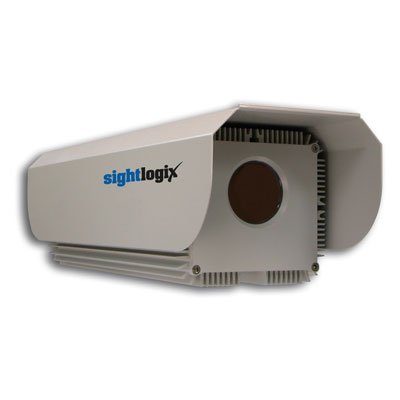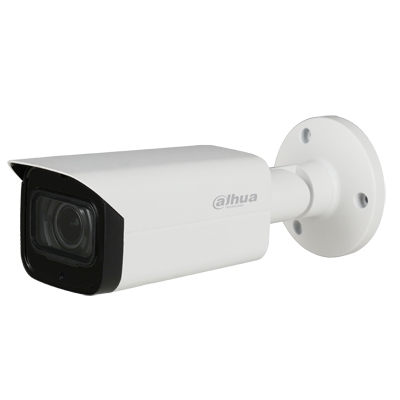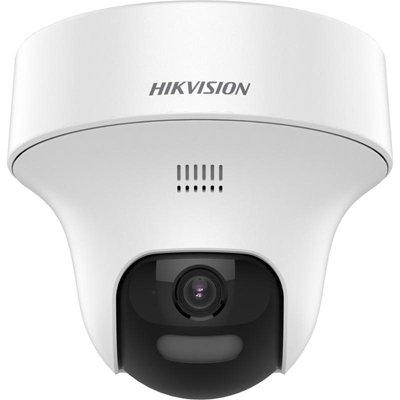Check out our special report on casino security
SightLogix thermal SightSensor video analytic IP cameras protect ports and waterside perimeters
Product Profile
In the past, achieving accurate intruder detection for waterside assets has been difficult due to the unique challenges posed by the environment. Many waterside assets cover large geographic areas that include varied perimeters that cannot be secured using traditional solutions. For example, fences aren't feasible for the waterside segment of a perimeter, while physical barriers do not provide the necessary situational awareness over the large areas typical for these settings. Some waterside assets such as ports are adjacent to public areas or neighborhoods where pedestrian intruders represent both security and safety threats. Challenges of climate, weather, poor lighting and large areas of coverage pose additional difficulties.
Achieving security awareness around waterside perimeters at ports, bridges, utilities and other critical assets requires timely, credible alerts with detail to respond. Knowing the nature and location of an intrusion is the key to mounting an effective response. While there are a number of options available, thermal cameras with video analytics have become a best-of-breed solution for waterside requirements. Smart thermal cameras operate day or night, and can “see” what the eye would miss, even over large outdoor areas in complete darkness
Recent advances in thermal camera image processing have expanded their traditional role as night vision cameras to provide 24-hour outdoor security. SightLogix Thermal SightSensors provide clear, detailed thermal images night and day, and can detect intrusions across large site perimeters, enclaves and outdoor areas in complete darkness or in bright sun. To endure the challenges of the water environments, SightSensors are enclosed in ruggedized, NEMA 4X nitrogen-sealed enclosures.
By geo-registering their field-of-view to GPS coordinates, SightSensor smart cameras can make accurate determinations regarding target location, size, bearing and speed, critical details for securing large areas like ports and other waterside infrastructure. Such geo-registration can be used to display a target’s precise location against a topology map of the area under security to pinpoint the location of an intrusion in real time. The same information can be used to automatically steer a PTZ camera to zoom and follow detected targets for making fast response decisions.
SightSensor cameras can also accurately discriminate legitimate targets from extraneous motion, while presenting very clear details about the scene. In a waterside perimeter application, thermal video analytics can identify intruders despite background water movement or glare off the water.
Smart thermal cameras can also be an economical solution. Outdoor surveillance involves additional infrastructure costs, including construction, trenching, camera poles, network connectivity, video display and storage. SightSensor cameras with their higher level of video processing can operate at twice the distance and cover four times the area of traditional thermal cameras, creating a larger buffer zone for early detection of intruders, along with a direct economic benefit: Fewer SightSensor cameras are needed to protect the same location, lowering overall costs accordingly.Technical Specification
| Make | SightLogix |
|---|---|
| Manufacturer | SightLogix |
| Category | CCTV>CCTV cameras |
| Model code | Thermal SightSensor |
| Resolution TVL | 320 x 240 |
| Electrical Specifications |
Voltage: 24 VAC, 24 VDC, PoE Power Consumption: 18 W |
| Picture Elements HxV | 320 x 240 |
| Physical Specifications |
Dimension mm: 473 x 162 x 168 Weight g: 6800 |
| Environmental Specifications | Operating Temperature oC: -30° ~ +60°C |
| Additional info | SightLogix Thermal SightSensor is an outdoor video analytic CCTV camera. |
More SightLogix CCTV cameras
You might be interested in these products
Related Whitepapers
The benefits of Edge AI + Cloud for security systems
A focus on video surveillance cybersecurity
14 success stories about how video technology is improving city life
One system, one card
DownloadAligning physical and cyber defence for total protection
DownloadUnderstanding AI-powered video analytics
DownloadEnhancing physical access control using a self-service model
DownloadHow to implement a physical security strategy with privacy in mind
Download



















